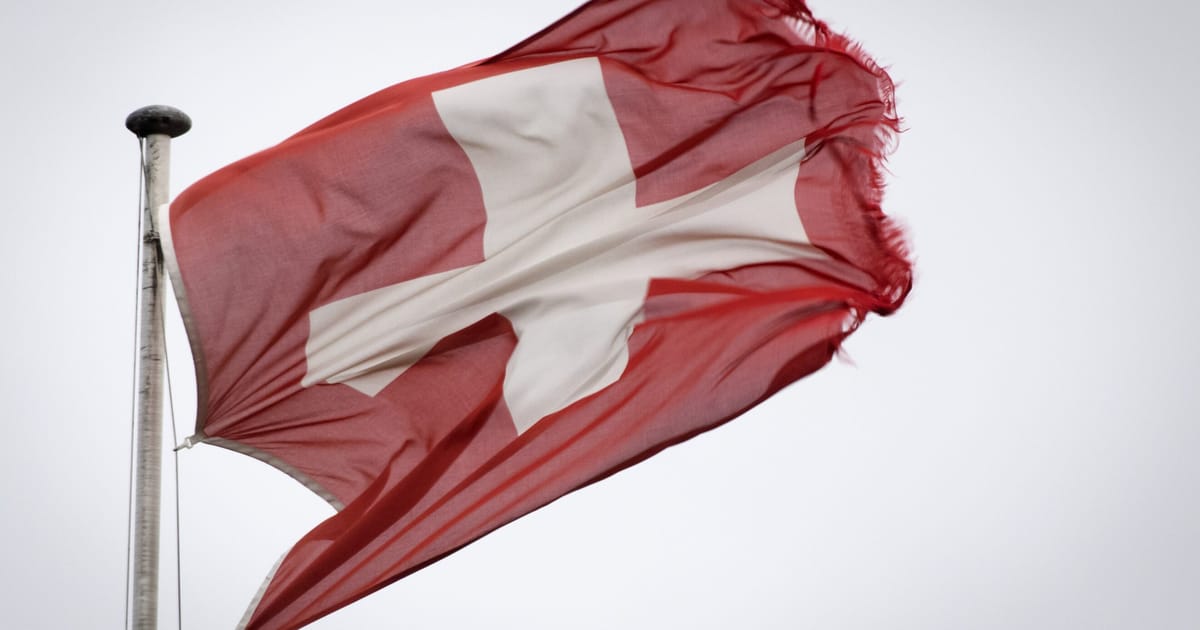

In a decisive move to redefine the landscape of international trade, the Trump administration has announced significant tariffs on a variety of global imports. These measures, detailed in a recent executive order, signal a strategic effort to recalibrate the economic engagements between the United States and numerous countries worldwide.
The core of this announcement revolves around the imposition of tariffs, ranging from 10% to 41%, that will affect several nations. In an effort to give room for potential negotiations, these tariffs are set to take effect in a week’s time, a notable extension from the original deadline. Among the most affected is Canada, now facing an increase in tariffs on its exports to the United States from 25% to a substantial 35%. This move, described as ‘disappointing’ by prominent Canadian figures, underscores the heightening trade tensions between the two neighboring countries.
The decision to implement these tariffs comes at a pivotal moment, reflecting the administration’s broader strategy to position the United States more advantageously within the global market. While the tariffs are poised to impact some of the world’s economically vulnerable nations, the administration has presented it as a necessary action for safeguarding American economic interests and addressing concerns such as the illicit movement of goods.
The White House provided additional layers to these measures, including a transshipment levy of 40% for goods rerouted to other countries to evade the new tariffs. This particular step emphasizes a firm stance against any attempts to circumnavigate the regulations, aiming to maintain the integrity of the newly established economic boundaries.
Interestingly, this set of tariff regulations coincides with the administration’s diplomatic efforts on other fronts. Secretary of State Marco Rubio’s recent remarks criticizing allied nations like the U.K., France, and Canada for their intentions to recognize Palestinian statehood highlight another dimension of the administration’s international relations strategy. Such diplomatic communications, alongside the economic measures, depict a multifaceted approach to international policy-making, with potential implications across both diplomatic and economic arenas.
The new tariffs also notably kicked off with an executive order signed by President Trump, following his schedule that included discussions with the Vice-President and a briefing by the White House press secretary. This illustrates the administration’s methodical approach in rolling out these crucial policy decisions.
As the world watches the unfolding dynamics of these tariff implementations, the scope of their impact remains a subject of close scrutiny. This strategic maneuver by the Trump administration sets the stage for a redefined global trade environment, posing new challenges and opportunities for international partners. The coming weeks may see negotiations and adjustments as countries affected by the tariffs engage to address the economic shifts induced by these new regulations.
In conclusion, the recalibration of tariff policies by the United States marks a significant chapter in the country’s international trade relations, one that seeks to bolster American market positions while prompting a thorough revaluation of economic engagements with countries worldwide. Each step in this unfolding narrative will be crucial to understanding the full impact of these actions on the global economic stage.
Source: {link}
